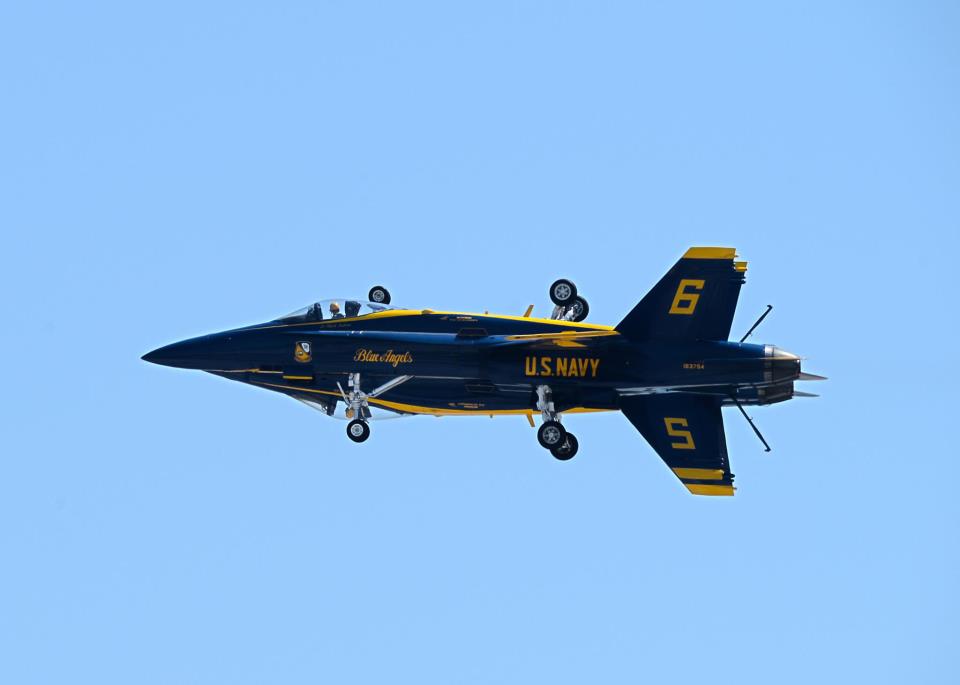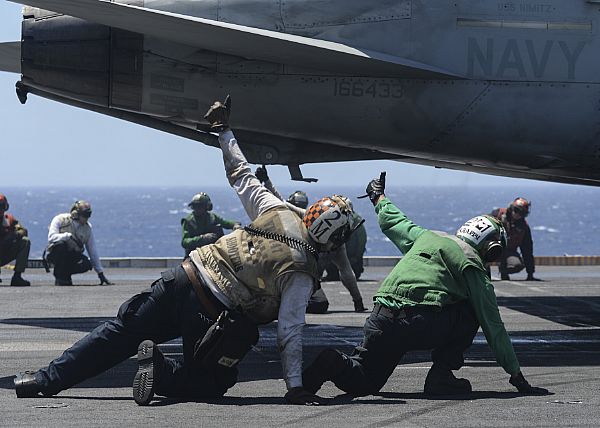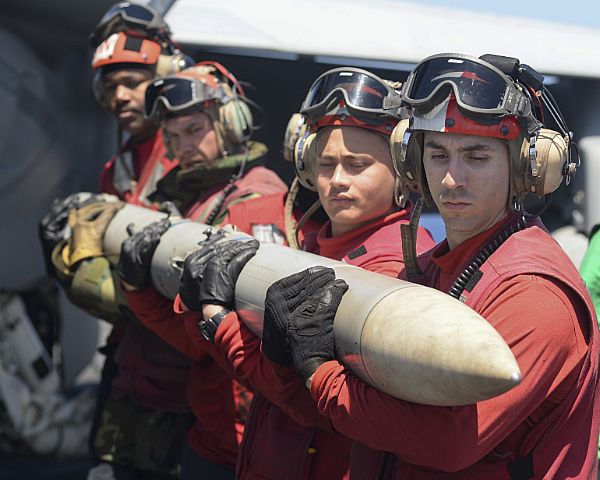One of the things I love about our work is getting to hear amazing stories from the different teams that we work with. The below post originated from one such story…We were facilitating a leadership team workshop recently, where one of the participants was expressing his skepticism about the success of teams being over attributed to “softer” factors like trust. In his opinion, competency trumped everything else when it came to people working together in teams. This led to a healthy debate amongst the team on how factors like trust can play a role in successful teams. During the discussion, one of the team members remarked: “We are good at demonstrating these behaviors in team building games, but back at work, it is each person for himself! We sometimes do not even trust team members to speak the truth to each other! How can we get away from clichés like trust and work better as team? ” In response, the leader of the team shared a story of the legendary US Navy Blue Angels…….
The US Navy Blue Angels was originally formed with the mission of improving recruiting to the US Navy & Marine Corps in the 1940s – in the past 60 odd years; they have achieved cult status as the most successful aerobic demonstration team of all time! Ever seen planes performing trick maneuvers at local air shows? The Blue Angels take it to the next level – in their signature “diamond” formation they fly as close as 18 inches from each other at speeds exceeding 1000 km per hour and in one of the popular stunt maneuvers, the lead pilot flies just 50 feet off the ground!
Source: U.S. Navy Blue Angels
The Blue Angels’ performances are seen by more than 11 million viewers every year and they have flown more than 250 million mesmerized spectators till date. Originally established to improve Navy morale and increase volunteering for the Defense Services, the Blue Angels have achieved iconic status as prestige symbols of the US Navy & Marine Corps. Every performance of the Blue Angels involves thousands of hours of practice and team work, by a dedicated team of pilots, engineers and support staff. Check out the video below for some of their unbelievable stunts during air shows.
Let us take a closer look at some of the factors which have contributed to the phenomenal success of the Blue Angels.
1. Right People on Board:
Source: U.S. Navy Blue Angels
The selection process while being completely voluntary is rigorous and fair to ensure only the best qualify. The selected applicants who meet the qualifying criteria (which include things like > 1250 hours of flying fighter planes!) interact with the current year’s team throughout air shows and informal interactions – the story goes that the applicants have to tell a joke prior to the brief for a performance! The team members vote in secret for the next year’s members and this process is completely independent from all other processes within the official command, thereby ensuring that only the very best become part of this elite team.
2. Trust –
One of the common refrains that we hear from teams we work with is that there is lack of trust between team members. Consider the Blue Angels – in every performance, they place their lives in the hands of their team members on a regular basis. When you are flying inverted 6 inches apart from your team mate at 1000 kmph; in addition to your team mates’ skills, your life is also in the hands of the person who checked your engines, and the maintenance crew whose job is to ensure everything works the way it should!
Source: U.S. Navy Blue Angels
Achieving this level of trust isn’t easy, and it starts with spending time together to understand each other as individuals and sharing a set of common values – values that bind you together in life and death!
3. Work Ethic –
Source: U.S. Navy Blue Angels
The Blue Angels team puts in thousands of hours of practice together to turn in a flawless performance and places the team above the individual in each case. Every team member keeps their skills up to date to ensure that the performance does not fail due to their individual lack of competence. Over the past 60 years, the death of 26 Blue Angel pilots in training or airshows serves as a timeless reminder of the danger that this team courts every time they take to the air. High performance standards are not a wish list; they are a necessity to survive. The rules of engagement for the Blue Angels are sacrosanct as well, including the venue requirements and even the weather in which they are allowed to fly. The fact that once a Blue Angels commander was asked to step down for flying lower than safety parameters dictated is an indication to the near fanatical compliance to their standard.
The importance, Blue Angels places to team work is perhaps best illustrated in their US Navy Blue Angels FAQ page. The Blue Angels have never maintained spare pilots and below is a quote from their website as to why that is so, “With the number of practice hours required to safely fly a demonstration a spare pilot could not be utilized effectively. Each pilot must complete 120 training flights during winter training in order to perform a public demonstration safely. The teamwork required for the high speed, low-altitude flying in the tight Blue Angel formation takes hundreds of hours to develop. A substitute pilot would not have enough time in the formation to do this safely.”
Does your team have enough trust to put their lives on the line for each other? Are there similar teams out there which have inspired you? Do share your thoughts…
Check out our other parts of “Stories of Great Teams”:




